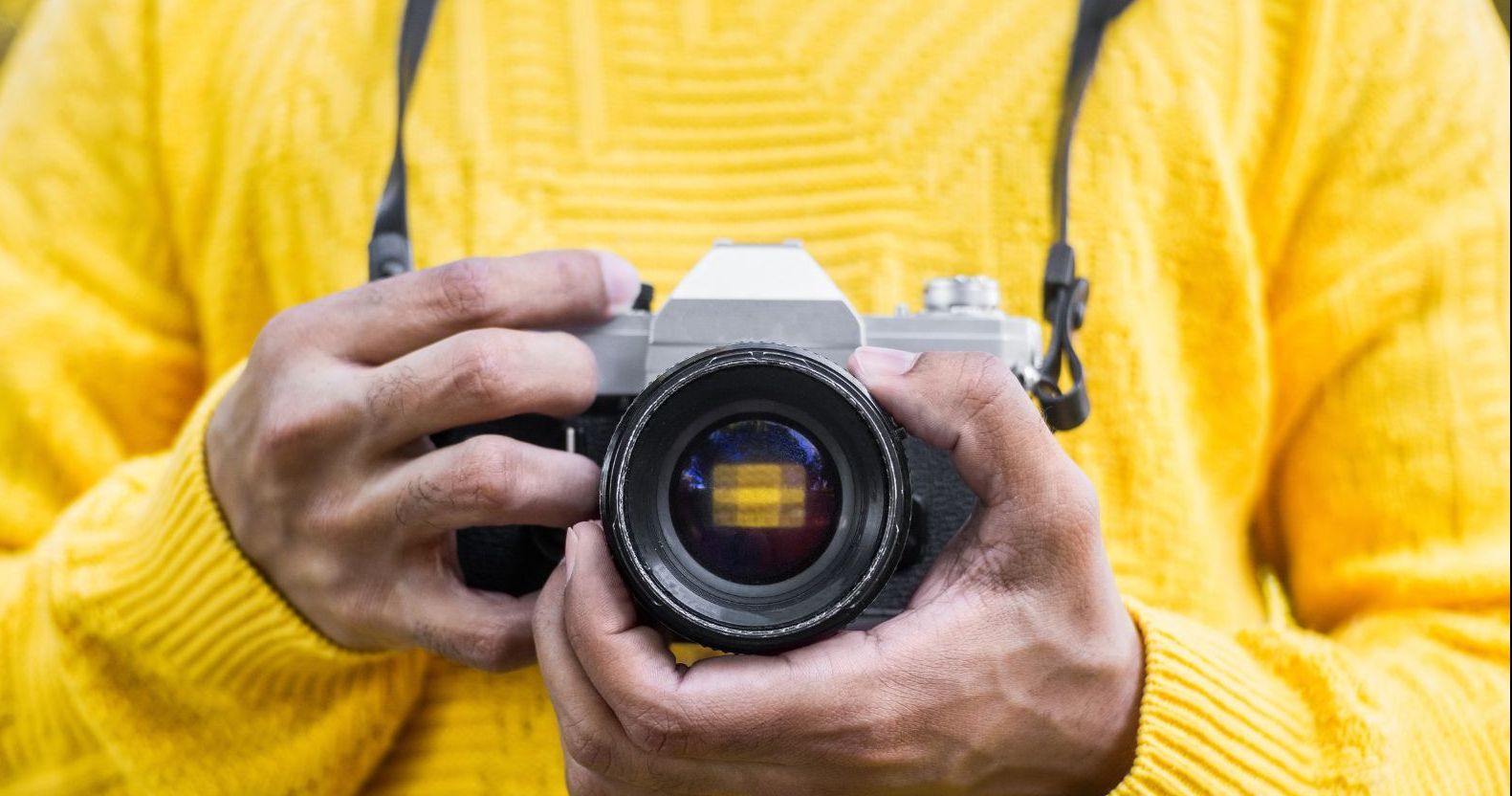
Cool Stuff | Shared | Life | Pop Culture | 90s | Retro
Unveiling 5 Photography Trends That Shaped the ‘90s

The 1990s marked a transformative period in the world of photography, as advancements in technology and cultural shifts converged to give rise to a diverse array of photographic styles and trends.
As the decade progressed, a diverse array of photographic styles emerged, each capturing the essence of the times.
Check out the 5 revolutionary photography trends that defined the '90s.
1. Street Photography
One of the most significant trends was the rise of street photography. With the advent of compact cameras and the growing popularity of documentary-style photography, photographers like Bruce Gilden, Nan Goldin, and Vivian Maier ventured into the streets, capturing candid moments of everyday life.
Their work provided a raw and unfiltered glimpse into the diverse tapestry of urban existence.
Fast forward to today, and the impact of '90s street photography continues to reverberate. Many of these candid street moments have become iconic and, interestingly, some have found a new life as popular stock photos. The authenticity and genuine emotions captured in these images have made them sought-after assets for various creative projects, commercials and digital media.
2. Grunge and Lo-Fi Aesthetic
The grunge movement, with its embrace of rawness and authenticity, found its visual counterpart in lo-fi photography. Characterized by low resolution, grain, and a sense of spontaneity, lo-fi photography eschewed the polished perfection of traditional studio shots, instead capturing the imperfections and grit of everyday life. This aesthetic resonated deeply with the grunge ethos, mirroring its rejection of mainstream culture and embrace of individuality.
Lo-fi photography was often used to document the grunge scene, capturing the energy and excitement of live shows, as well as the everyday lives of grunge musicians and fans. Some of the most iconic grunge photographs, such as Charles Peterson's shot of Kurt Cobain smoking a cigarette backstage at Reading Festival in 1992, are lo-fi images that capture the raw emotion and authenticity of the movement.
3. Soft-Focus Portraiture
In contrast to the gritty realism of street photography, soft-focus portraiture emerged as an ethereal alternative, blurring the lines between reality and fantasy. Pioneered by renowned photographers like Sarah Moon and David Bailey, this genre employed diffused lighting, shallow depth of field, and selective focus to create dreamlike portraits.
Sarah Moon's portraits exude nostalgia and wonder, with soft tones and delicate touches. Her subjects, bathed in soft light, appear serene and dreamlike, their features softened and blurred, as if captured in a fleeting reverie.
David Bailey infused his soft-focus portraits with raw sensuality. His subjects, often models or celebrities, were captured in an enigmatic allure, their faces partially obscured, creating a sense of mystery and drawing attention to their eyes and lips.
4. Hyperrealism
Emerging in the 1990s, hyperrealism defied the boundaries of traditional photography with its meticulous attention to detail and hyper-real depiction of everyday objects. Pioneered by Joel Sternfeld and Andreas Gursky, hyperrealist photographers blurred the lines between reality and representation, transforming mundane objects into captivating works of art.
Joel Sternfeld documented the diverse and often overlooked aspects of American life through large-format panoramic photographs. His meticulous compositions and intricate details revealed hidden beauty within the ordinary.
Andreas Gursky captured the vastness and intricacy of modern life with large-format aerial and architectural photographs. His bird's-eye view compressed vast landscapes and urban scenes into single frames, highlighting the interconnectedness of human existence.
Hyperrealism transformed photography from a medium of fleeting moments into a tool for documenting enduring aspects of the world. It forced viewers to confront the complexities of perception and the subjective nature of art.
5. Conceptual Photography
Conceptual photography, a genre that emerged in the late 20th century, challenged the traditional role of photography as a mere document of reality. Instead, it embraced the medium's ability to convey ideas, emotions, and narratives, making it a powerful tool for social commentary and artistic exploration.
Leading figures in this genre, including Cindy Sherman and Barbara Kruger, employed staged imagery, appropriated symbols, and provocative juxtapositions to challenge societal norms, raise critical questions, and provoke thought. Sherman's self-portraits, often staged in elaborate costumes and settings, explored the constructed nature of identity and the complexities of female representation in society. Kruger, on the other hand, appropriated advertising imagery and incorporated bold typography to critique consumer culture, gender roles, and power dynamics.
The 1990s was a transformative decade for photography, with a diverse array of trends and movements emerging. These trends reflected the cultural shifts, societal changes, and artistic experimentation of the times, making the 1990s a truly unique and influential period in the history of photography.